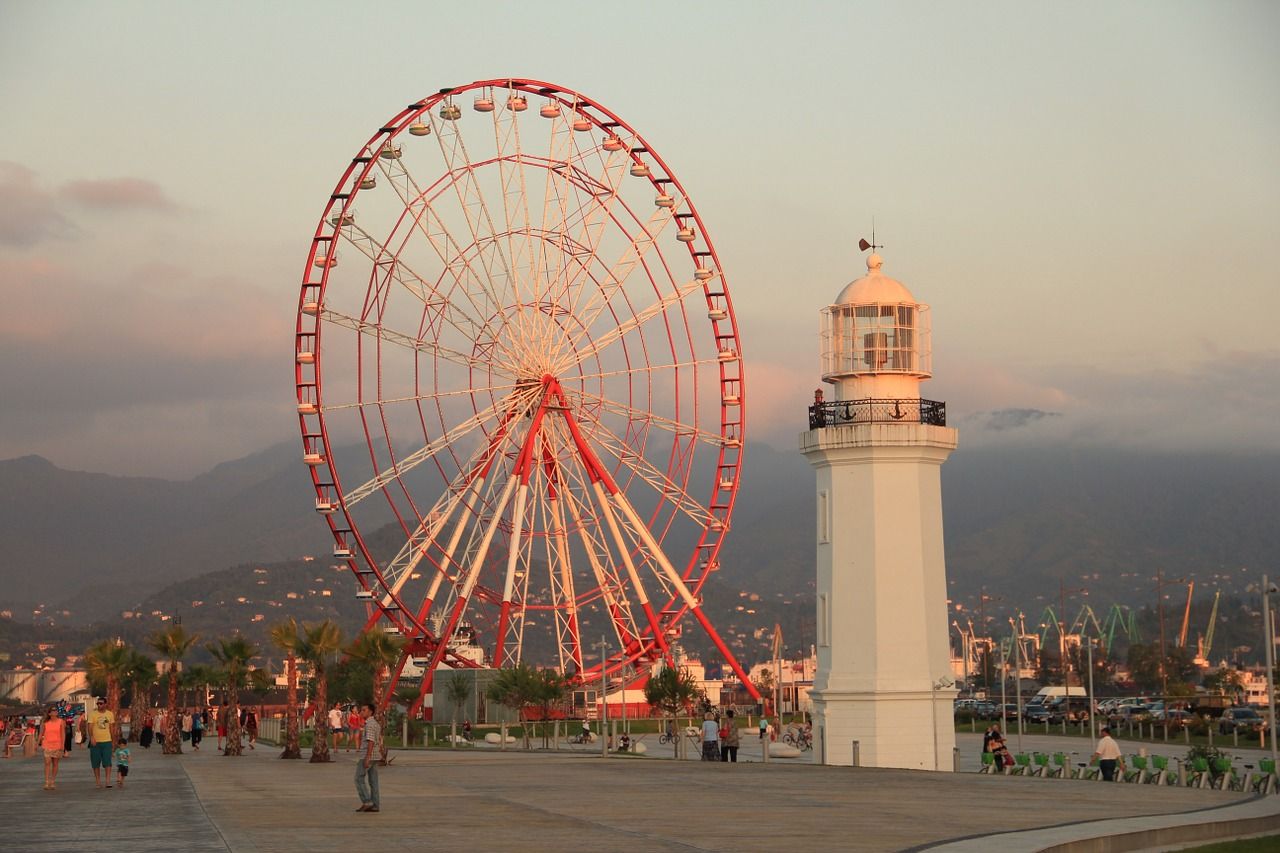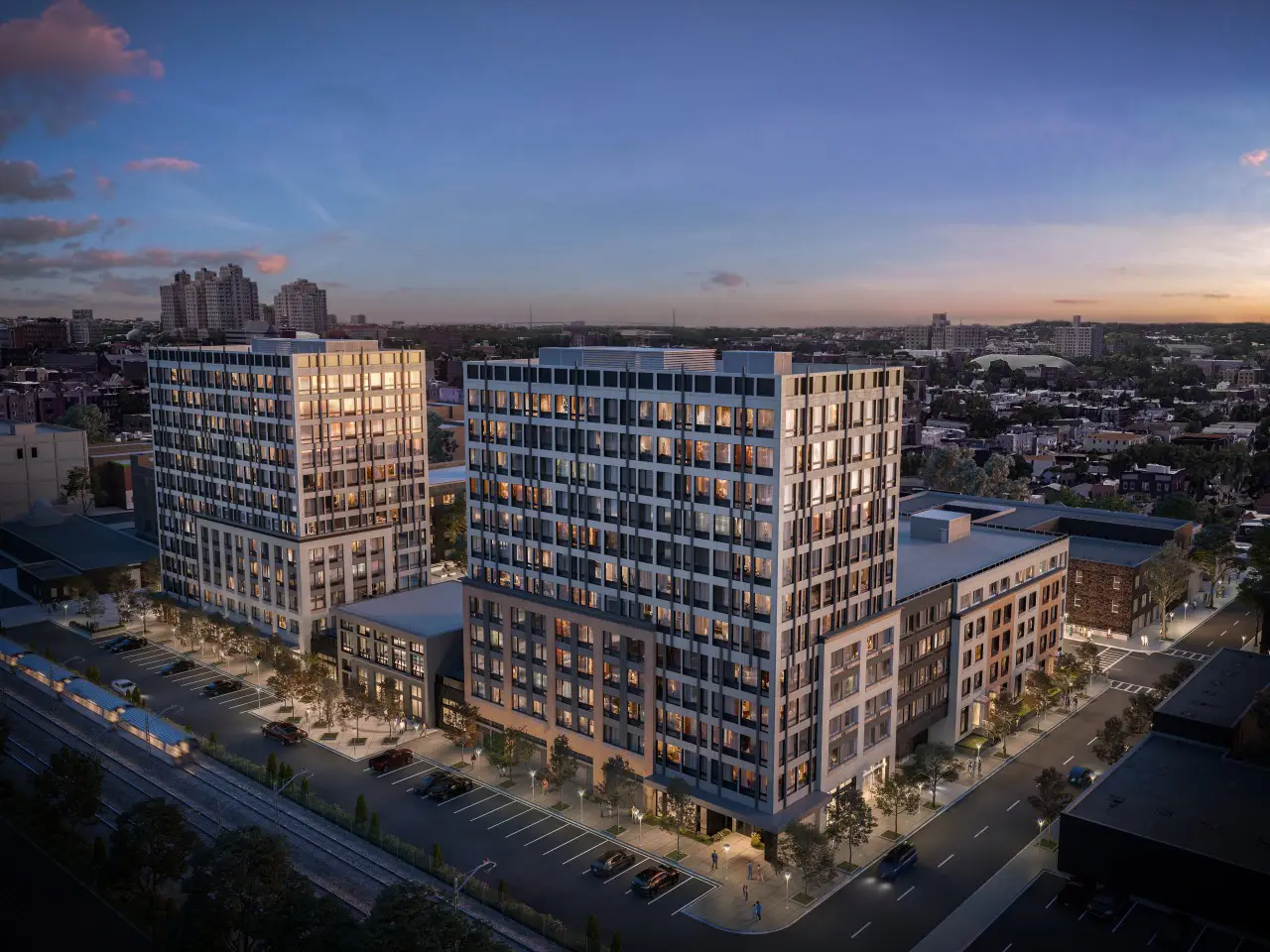Melbourne, Australia has topped The Economist’s liveability rankings for a fifth consecutive year. The latest findings of The Economist Intelligence Unit’s Global Liveability Ranking reflect a marked increase in global instability over the last 12 months. The ranking, which provides scores for lifestyle challenges in 140 cities worldwide, shows that since 2010 average liveability across the world has fallen by 1%, led by a 2.2% fall in the score for stability and safety.
While this may seem marginal, it highlights that 57 of the cities surveyed have seen declines in liveability over the last five years. Incidences of terrorist shootings in France and Tunisia have been compounded by civil unrest in the US and ongoing conflicts in Syria, Ukraine and Libya.
On the other hand, those cities moving up the ranking are largely in countries that have enjoyed periods of relative stability following falls in liveability. Chinese cities, for example, have seen scores improve after a sustained period of civil stability since 2012, when a number of protests and riots, most notably driven by anti-Japanese sentiment, brought scores down.
Over five years 89 of the 140 cities surveyed have seen some change in overall liveability scores. Of these cities, 57 have seen declines in liveability. Three cities in particular, Tripoli, Kiev and Damascus, have seen significant declines of 21.9, 25.8 and 27 percentage points respectively, illustrating that conflict is, unsurprisingly, the key factor in undermining wider liveability.
Although the most liveable cities in the world remain largely unchanged, there has been movement within the top tier of liveability. Of the 65 cities with scores of 80 or more, 20 have seen a change in score in the past 12 months. As global instability grows, these movements have been overwhelmingly negative, with only Honolulu in the US and Warsaw in Poland registering rises.
North American cities have largely seen declines. Part of this stems from unrest related to a number of high-profile deaths of black people in police custody, but there have also been escalations in crime rates in some locations, coupled with a number of incidences of religious or politically motivated attacks.
Seven of the top ten scoring cities are in Australia and Canada, with population densities of 2.88 and 3.40 people per sq km respectively. Elsewhere in the top ten, Finland and New Zealand both have densities of 16 people per sq km. These compare with a global (land) average of 45.65 and a US average of 32. Austria bucks this trend with a density of 100 people per sq km. However, Vienna’s population of 1.7m people is relatively small compared with the urban centres of New York, London, Paris and Tokyo.
| Ten of the best-the most improved liveability scores over five years | ||||
| City | Country | Rank (out of 140) | Overall Rating (100=ideal) | Five year score movement |
| Harare | Zimbabwe | 133 | 42.6 | 5.1 |
| Kathmandu | Nepal | 124 | 51 | 3.9 |
| Dubai | UAE | 75 | 74.7 | 3.4 |
| Warsaw | Poland | 64 | 80.7 | 2.5 |
| Kuwait City | Kuwait | 83 | 72.1 | 2.5 |
| Honolulu | US | 19 | 94.1 | 2.0 |
| Beijing | China | 69 | 76.2 | 1.9 |
| Bratislava | Slovakia | 63 | 81.5 | 1.7 |
| Baku | Azerbaijan | 103 | 62.3 | 1.6 |
| Nairobi | Kenya | 120 | 53.1 | 1.5 |
| Ten of the worst-the biggest falls in liveability scores over five years | ||||
| City | Country | Rank (out of 140) | Overall Rating (100=ideal) | Five year score movement |
| Damascus | Syria | 140 | 29.3 | -27 |
| Kiev | Ukraine | 132 | 43.4 | -25.8 |
| Tripoli | Libya | 136 | 40.0 | -21.9 |
| Tunis | Tunisia | 108 | 59.8 | -6.6 |
| Athens | Greece | 72 | 75.3 | -5.9 |
| Detroit | US | 57 | 85.0 | -5.7 |
| Moscow | Russia | 81 | 72.8 | -5.6 |
| Cairo | Egypt | 121 | 53.0 | -4.9 |
| Bahrain | Bahrain | 92 | 68.8 | -4.6 |
| St Petersburg | Russia | 77 | 74.1 | -4.4 |
| The five most liveable | ||||
| City | Country | Rank (out of 140) | Overall Rating (100=ideal) | |
| Australia | Melbourne | 1 | 97.5 | |
| Austria | Vienna | 2 | 97.4 | |
| Canada | Vancouver | 3 | 97.3 | |
| Canada | Toronto | 4 | 97.2 | |
| Australia | Adelaide | 5 | 96.6 | |
| Canada | Calgary | 5 | 96.6 | |
| The five least liveable | ||||
| City | Country | Rank (out of 140) | Overall Rating (100=ideal) | |
| Libya | Tripoli | 136 | 40 | |
| Nigeria | Lagos | 137 | 39.7 | |
| PNG Port | Moresby | 138 | 38.9 | |
| Bangladesh | Dhaka | 139 | 38.7 | |
| Syria | Damascus | 140 | 29.3 | |












